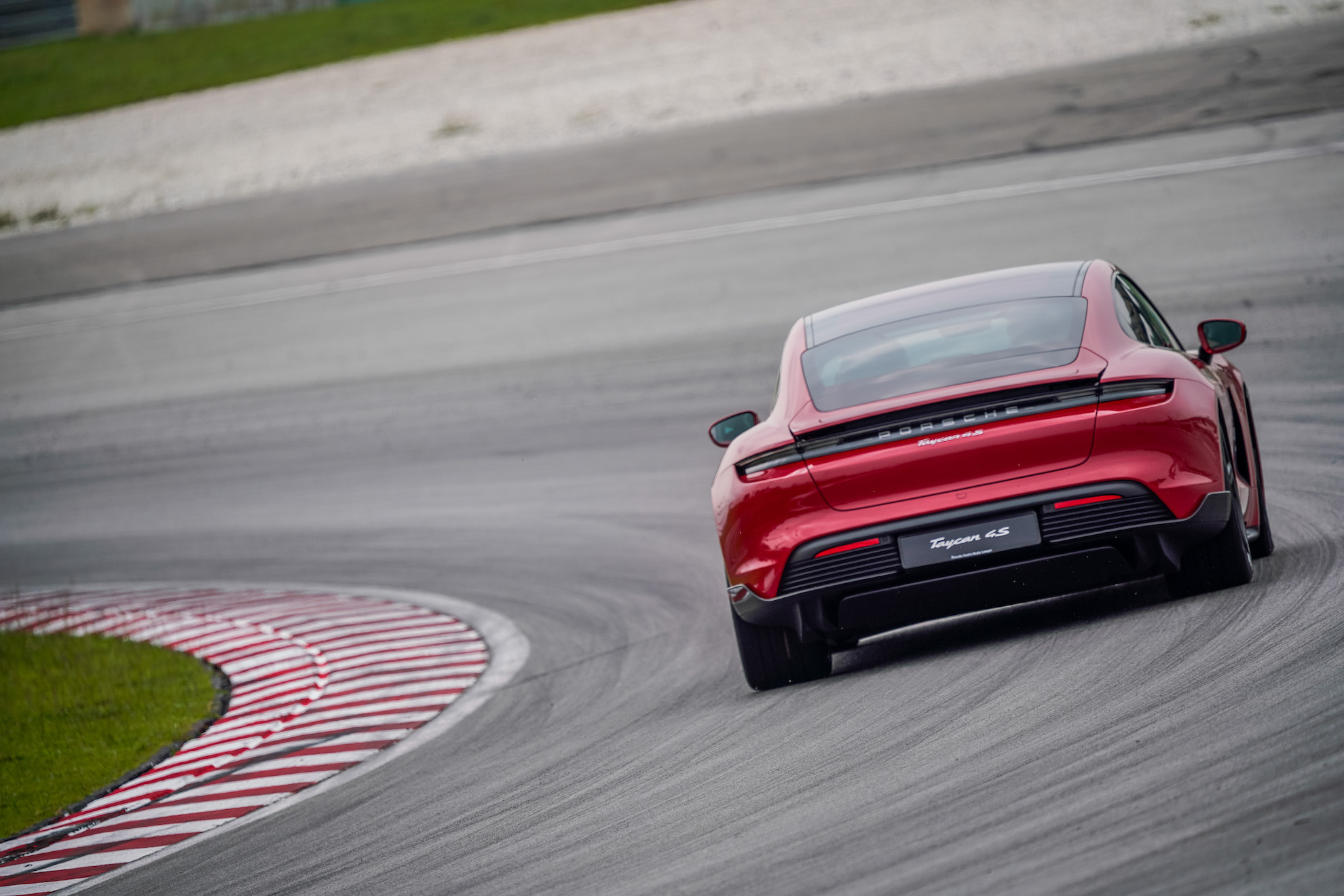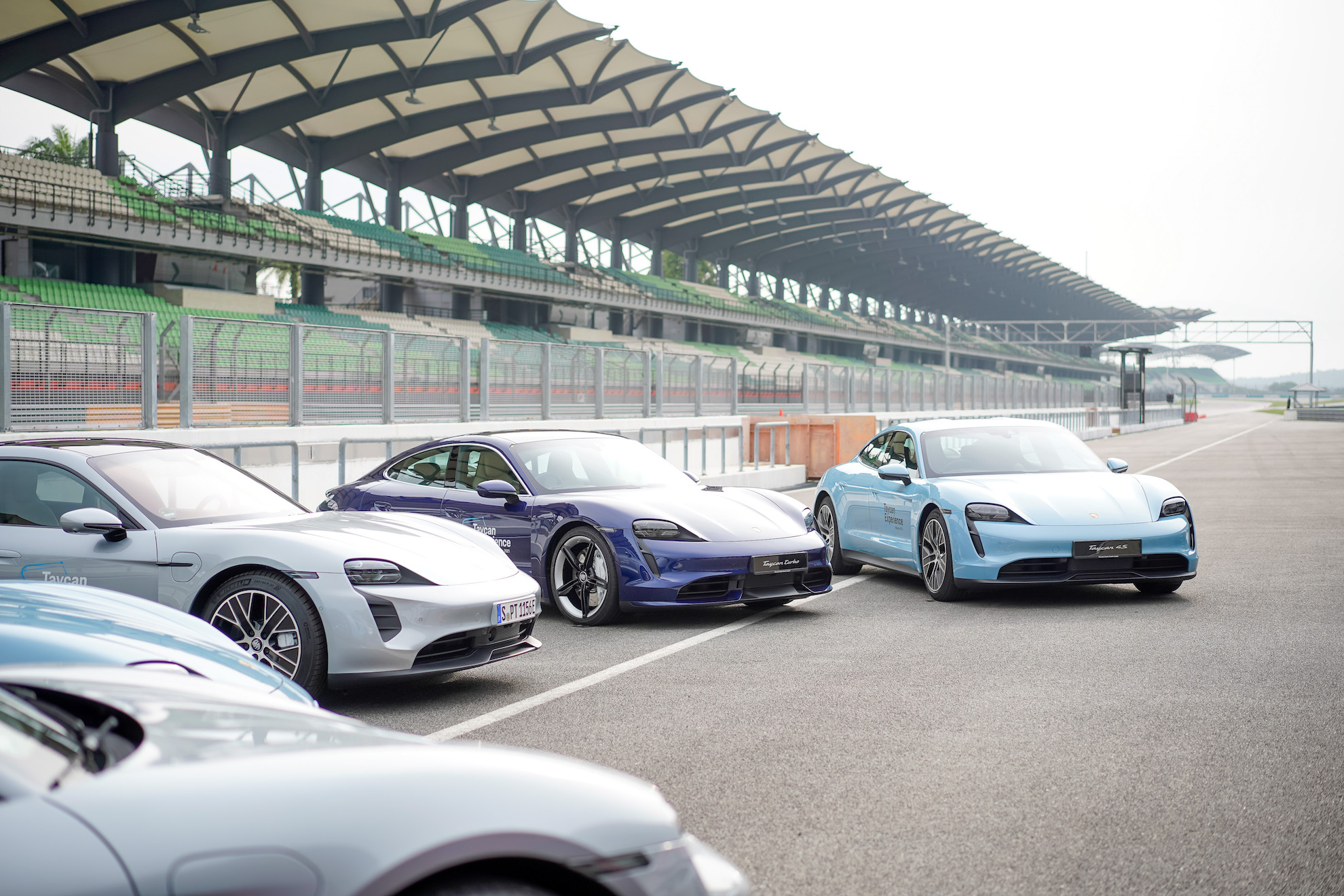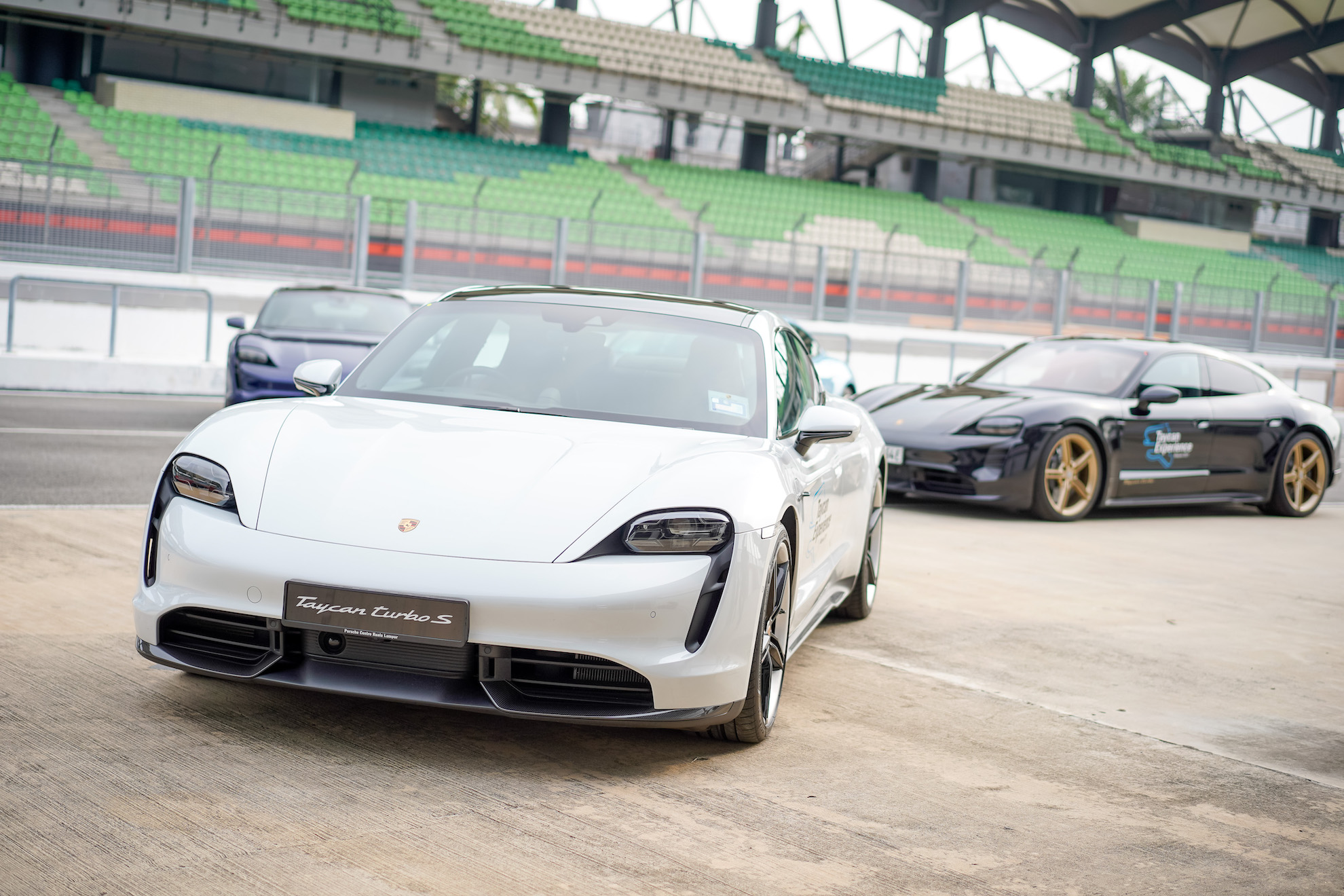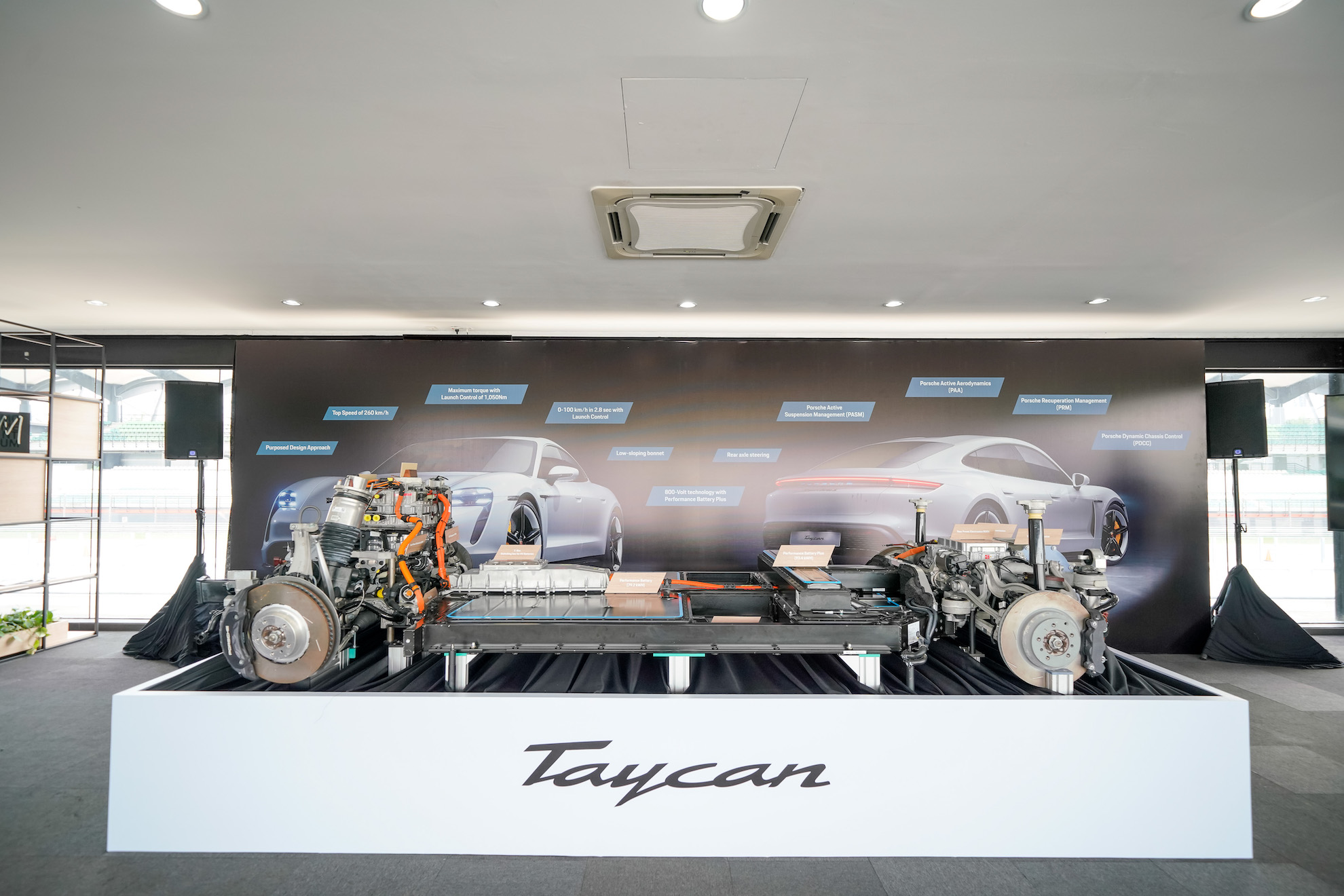Here’s an electric vehicle that needs no introduction — the Porsche Taycan is one of Zuffenhausen’s best selling non-SUV vehicle to date. Our road trip from Austria to Germany asked for 693km from a battery that could only produce a range of 412km to 450km, depending on the model.
The Taycan’s 800V architecture coupled with an infrastructure of fast chargers along the highways made the trip no different from driving a petrol-engined vehicle. We weren’t even hypermiling the trip. Instead, we did pretty much everything a proper road trip should, including carving up corners, dialling up the 1050Nm torque when possible and going all out on the Autobahn. So, yes, the Taycan is an excellent sports car.
What cannot be gleaned from the road trip is the Taycan’s ‘reproducible performance’, which, simply put, allows the Taycan to sustain the level of performance regardless of the remaining charge in the battery. Constantly reproducing the same power and acceleration is something most EVs and PHEVs cannot do as the battery gets depleted.

To ‘test’ if it works, Porsche Malaysia set up two lanes on the back straights of the SIC. They placed two Taycans of different variants, each with a driving instructor, and released a bunch of motoring journalists onto the track. Each journalist gets three runs on each Taycan, and everyone came out with minds blown, yours truly included.
In every run, the Taycan continuously sends all of its torque to the wheels instantly and reliably, despite the level of charge remaining in the battery. The EV then proceeds to dump heads onto headrests and rockets to the finishing line in less time it took you to read this line.

The Taycan also needed to prove that it is an EV unlike any other, that it could perform at the same level as the rest of Porsche’s sports cars. The north side of the Sepang International Circuit was set aside to do exactly that.
Right from the start of the main straight, the Taycan very quickly goes very fast. Even as the Taycan pass halfway down the main straight, its motors still have the energy to push you into your seat as it rushes towards 200kph.

The acceleration from the start of the main straight to Turn 1 resides in the realm of science fiction, not just in speed but also in the sound it makes. Porsche has programmed sound effects that could find a home in any science fiction show to inspire emotion when barreling down the road.
Almost as quickly as its acceleration, the Taycan’s super-sized brakes cut speed in the same way Darth Vader slices through rebels — quick and efficient. The battery gets recharged here also, albeit adding a sliver of energy that’ll be used at the exit of the turn.
Porsche hasn’t left the Taycan’s handling by the roadside in its pursuit for speed. If the Taycan’s benchmark was the Panamera, both have similar body styles and the number of doors, then the EV surpasses it by miles. In fact, the Taycan feels more like a hot hatch than a sports saloon.

The steering has the quickness, accuracy and feedback that you’d expect from a Porsche, but the rear-axle steering makes all the difference. This piece of mechanical magic virtually alters the wheelbase of the Taycan by steering the rear wheels in the same or opposite direction as the front wheels. This allows the Taycan to be stable at high speeds on the straights and in the corners. Proven chassis tech like PASM, PDCC and PTV puts the Taycan flat in the corners.
What makes the Taycan more remarkable is how it appears to hide half of its mass despite its appearance and weight. Porsche’s EV is visibly long and wide but drives like it has a shorter wheelbase. The Taycan’s force of acceleration is phenomenal, especially when you recall how a turbocharged V8 feels in the same circumstances. Porsche set out to make an electric vehicle with all the suitable sporty characteristics that the brand is known for — precisely what the Taycan is all about.










